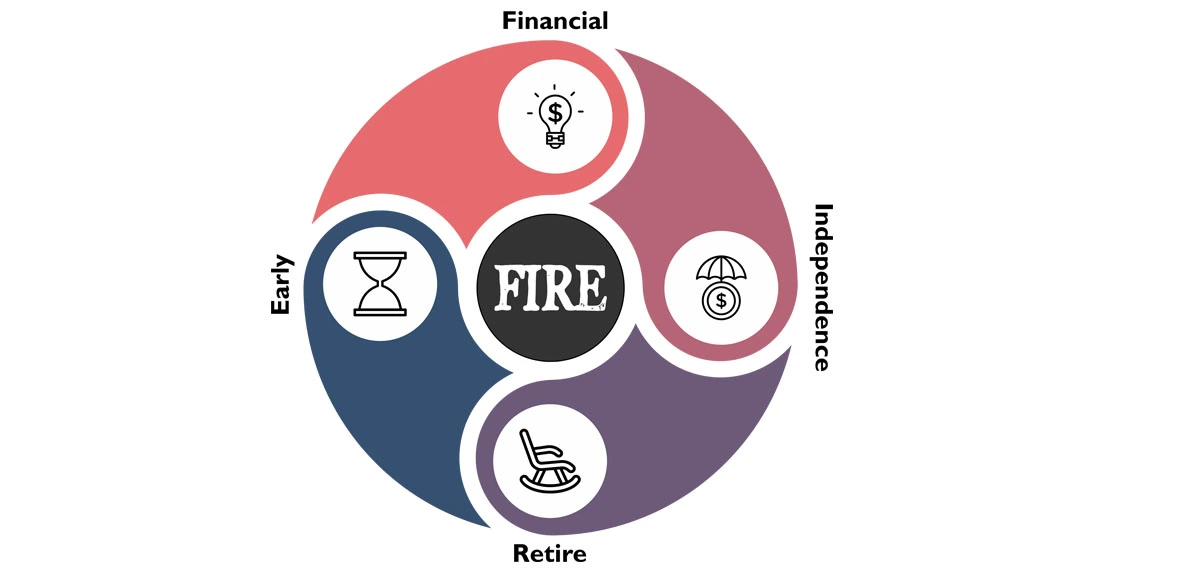A deferred annuity is a financial product designed to provide income in the future, making it a popular choice for retirement planning. It allows individuals to invest funds and let them grow over time, with payouts starting at a later stage, often during retirement. This setup helps you secure a consistent income stream when you need it most.
Deferred annuities are commonly used as part of retirement plans and can be tailored to suit varying risk preferences and financial goals. By combining elements of long-term growth and future income, they offer a structured approach to retirement savings. If you are new to retirement planning, or are looking for a deferred annuity plan, using a retirement planning calculator can help you plan better.
How Does Deferred Annuity Work?
Deferred annuities work in two main phases: the accumulation phase and the payout phase. Understanding what an annuity plan is can help you better understand deferred annuity.
During this period, you make either a lump-sum investment or periodic contributions to your deferred annuity. The funds grow tax-deferred, meaning you don’t pay taxes on the gains until you begin receiving payouts.**
When the deferral period ends, typically at retirement, you start receiving regular income through annuity payouts. This income can be structured as a fixed amount for life or based on the investment's performance, depending on your chosen type of annuity. Use an annuity calculator to model different payout structures and choose what works best for your retirement needs.
Types of Deferred Annuities
Deferred annuity plans come in various forms, each offering unique features catering to different investment strategies and risk appetites. You may use a retirement planning calculator to understand how these types can fit into your overall portfolio.
A fixed deferred annuity guarantees a specific interest rate during the accumulation phase and provides a stable, predictable income during the payout phase. It offers financial security with minimal risk, ideal for conservative investors seeking guaranteed returns.
Variable Deferred Annuity
A variable deferred annuity allows you to invest in a selection of funds, such as stocks and bonds. Your returns are tied to the performance of these investments. While offering higher potential returns, it comes with increased risk, suitable for those comfortable with market fluctuations.
An indexed deferred annuity provides returns based on a specific market index, such as the Nifty 50, with a guaranteed minimum return. It strikes a balance between risk and reward, offering some growth potential while ensuring protection against market downturns.
Benefits of Deferred Annuity
Like several other retirement plans, deferred annuities come with several advantages that make them an appealing choice for long-term financial planning.
One of the most significant benefits is tax-deferred growth. You don't pay taxes on the gains during the accumulation phase, allowing your investment to grow more quickly. This feature can make a deferred annuity an excellent addition to your retirement plans.**
Deferred annuity plans offer considerable flexibility:
- Customisable Contribution Amounts: You can adjust your contributions based on your financial situation.
- Choice of Investment Options: With variable and indexed annuities, you have control over how your funds are invested, aligning them with your risk tolerance.
Deferred annuity plans provide a reliable income stream during retirement, offering peace of mind. Depending on your chosen plan, you can receive payouts guaranteed for life, ensuring you don't outlive your savings.
These plans can also work as a traditional life insurance policy. If you pass away during the accumulation phase, a deferred annuity often includes a death benefit that pays out to your beneficiaries. This feature ensures your loved ones are financially protected. The death benefit can be structured to provide either the total value of your contributions or the accumulated fund value, whichever is higher.
A deferred annuity plan is a versatile life insurance policy that also works as an investment vehicle combine tax advantages, income security, and flexibility.** They are an excellent choice for those focused on long-term financial planning, providing a dependable source of income during retirement. By understanding the types and benefits, you can better decide if a deferred annuity fits your financial goals.
FAQs
What are examples of deferred annuities?
Examples of deferred annuities include a fixed deferred annuity offering a guaranteed interest rate, a variable deferred annuity invested in mutual fund-like options, and an indexed deferred annuity tied to a specific market index. Each of these examples highlights how deferred annuity products can be tailored to meet varying financial objectives.
What is the difference between a regular annuity and a deferred annuity?
A regular annuity, often called an immediate annuity, starts paying income almost immediately after a lump-sum investment. In contrast, a deferred annuity has a gap between the investment and payout phases, allowing the invested amount to grow over time. This deferral period makes deferred annuities more suitable for long-term retirement planning.
What is the difference between a tax deferral and a deferred annuity?
Tax deferral refers to the postponement of tax payments on investment gains until a later date, a feature common in retirement accounts. A deferred annuity is a financial product leveraging this tax advantage, allowing investments to grow tax-free until withdrawals begin, typically at retirement.**
How are withdrawals taxed?
Withdrawals from a deferred annuity are taxed as ordinary income. The amount you receive is added to your taxable income for the year. You may consult your tax advisor to plan your tax liabilities better.**
** Tax exemptions are as per applicable tax laws from time to time.





















